Home>Garden Essentials>How To Grow A Jackfruit Seed
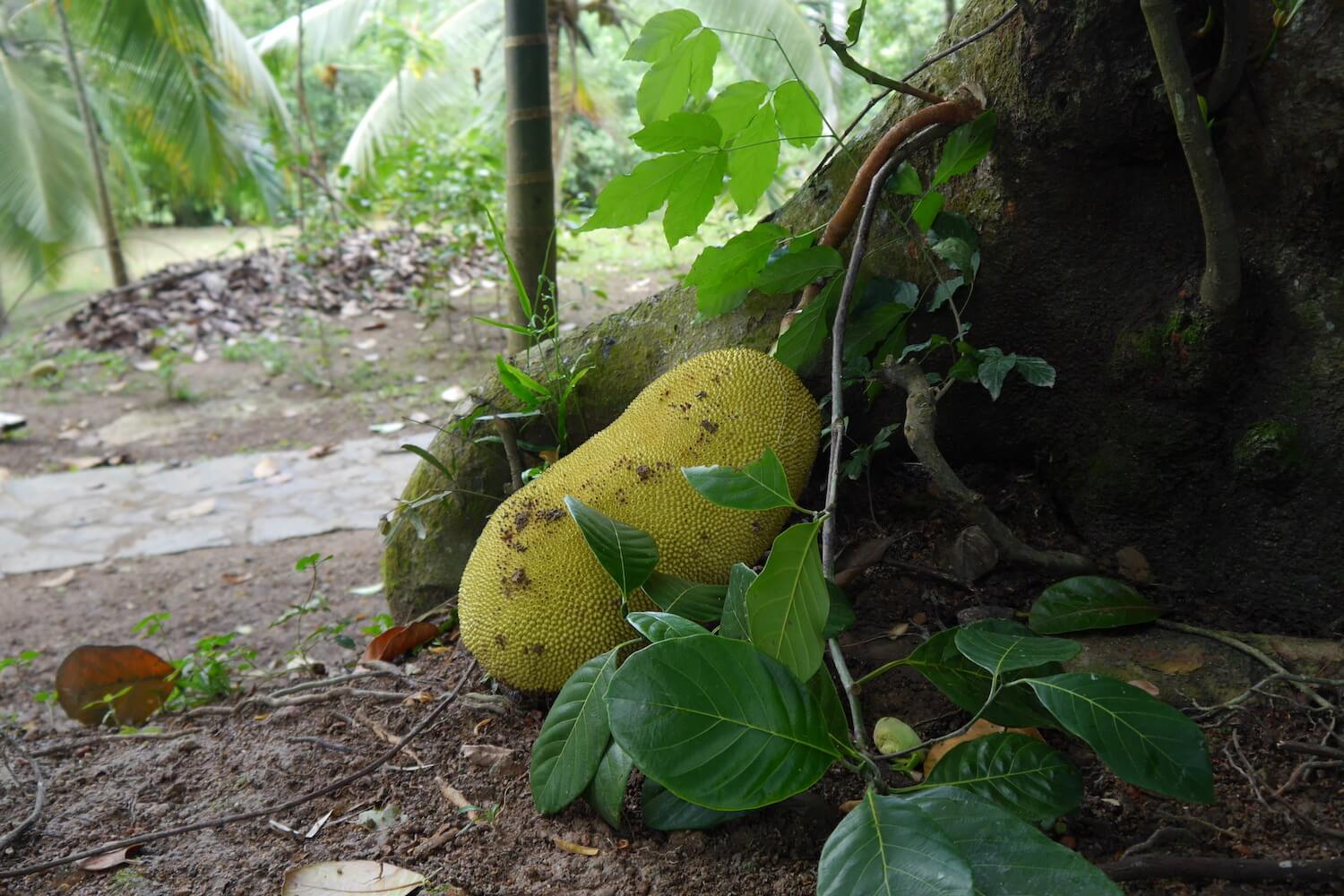

Garden Essentials
How To Grow A Jackfruit Seed
Modified: May 6, 2024
Learn the secrets of growing a jackfruit seed in your garden with our step-by-step guide. Maximize your harvest potential and enjoy the taste of homegrown jackfruit.
(Many of the links in this article redirect to a specific reviewed product. Your purchase of these products through affiliate links helps to generate commission for Storables.com, at no extra cost. Learn more)
Introduction
Welcome to the wonderful world of gardening! If you have a green thumb and a love for exotic fruits, then growing a jackfruit tree from seed might just be the perfect project for you. Jackfruit is a tropical fruit that is not only delicious but also highly nutritious. It’s known for its sweet flavor and unique texture, making it a favorite among fruit enthusiasts.
In this article, we will guide you through the process of growing a jackfruit tree from seed. From selecting the right seed to caring for your plant, we’ll cover all the essential steps to ensure your success. Whether you have a spacious backyard or a small garden, with a little patience and dedication, you can enjoy the satisfaction of watching your jackfruit seedling grow into a majestic tree.
Before we dive into the details, let’s talk a bit about the jackfruit itself. Native to India and Southeast Asia, the jackfruit tree (Artocarpus heterophyllus) is a member of the Moraceae family. It is a relative of the fig and mulberry trees and can reach heights of up to 70 feet. The fruit itself is the largest tree-borne fruit in the world, weighing anywhere from 10 to 100 pounds! Inside the thick, spiky rind, you’ll find numerous sweet, golden-yellow bulbs, surrounded by a fibrous core.
Jackfruit is not only a delicious fruit but also a versatile ingredient. It can be enjoyed fresh, used in savory dishes, or even turned into a vegan meat substitute. With its growing popularity, having your own jackfruit tree can be a rewarding experience both in terms of culinary exploration and self-sufficiency.
So, if you’re ready to embark on this gardening adventure, let’s get started!
Key Takeaways:
- Growing a jackfruit tree from seed requires selecting fresh, healthy seeds and preparing well-draining, fertile soil. Patience is key during the 2-8 week germination process, leading to the rewarding harvest of this versatile and delicious fruit.
- Proper care and maintenance, including regular watering, fertilization, and pruning, are essential for a healthy and productive jackfruit tree. Harvest ripe fruit carefully and enjoy its sweet, aromatic flesh in a variety of culinary creations.
Read more: How To Prepare Jackfruit Seeds
Selecting a Jackfruit Seed
Choosing the right jackfruit seed is essential for a successful growing journey. Here are some tips to help you select a healthy and viable seed:
- Start with fresh seeds: Look for ripe jackfruit fruits from which you can extract the seeds. Fresh seeds have a higher germination rate compared to older ones.
- Observe the seed’s appearance: A good jackfruit seed should be plump, firm, and without any signs of mold or damage. Avoid seeds that are shriveled or discolored.
- Consider the source: If possible, select seeds from a reputable nursery or an established jackfruit tree. This will ensure that you’re starting with a genetically diverse and healthy seed.
- Size matters: Opt for larger seeds as they tend to have a higher chance of germination. However, don’t completely disregard smaller seeds, as they can still grow into healthy seedlings.
It’s worth noting that not all jackfruit seeds will produce a tree that bears fruit. Jackfruit is a complex tree with both male and female flowers, and only the female flowers develop into fruits. Therefore, it’s a good idea to obtain multiple seeds to increase your chances of obtaining a fruit-bearing tree.
Once you have selected your jackfruit seeds, it’s time to move on to the next step: preparing the soil.
Preparing the Soil
Creating the right growing conditions for your jackfruit seedling starts with preparing the soil. Here are the steps to ensure that your soil is well-suited for the growth of your jackfruit tree:
- Choose a sunny location: Jackfruit trees thrive in full sun, so select a spot in your garden that receives at least 6 to 8 hours of direct sunlight each day.
- Check the soil pH: Jackfruit trees prefer slightly acidic to neutral soil with a pH range of 6.0 to 7.5. You can test the pH of your soil using a soil testing kit available at most garden centers. If your soil is too acidic or alkaline, you can amend it by adding lime to raise the pH or sulfur to lower it.
- Ensure good drainage: Jackfruit trees don’t like to have their roots sitting in waterlogged soil. Make sure the chosen location has well-draining soil. If you have heavy clay soil, you can improve drainage by adding organic matter such as compost, well-rotted manure, or perlite.
- Clear the area: Remove any weeds, rocks, or debris from the planting area. These can compete with the young jackfruit seedling for nutrients and hinder its growth.
- Improve fertility: Jackfruit trees benefit from fertile soil. Prior to planting, enrich the soil by incorporating organic matter such as compost or aged manure. This will provide essential nutrients to your growing plant.
After preparing the soil, it’s time to move on to the next step: germinating the jackfruit seed.
Germinating the Jackfruit Seed
Germinating the jackfruit seed is an important step in the growing process. Follow these steps to ensure successful germination:
- Clean the seed: Start by removing any remaining fruit flesh from the jackfruit seed. Rinse it gently with water to remove any residue.
- Scarify the seed: Use a sharp knife or sandpaper to gently nick or abrade the outer layer of the seed. This process, known as scarification, helps break the seed coat and improves germination rates.
- Soak the seed: Place the scarified jackfruit seed in a container of warm water and let it soak for 24 hours. This helps soften the seed coat and allows for easier sprouting.
- Prepare the germination medium: While the seed is soaking, prepare a germination medium. You can use a mixture of vermiculite, peat moss, or coconut coir. Fill a seed tray or pot with the germination medium, ensuring it’s moist but not waterlogged.
- Plant the seed: After soaking, carefully place the jackfruit seed horizontally in the germination medium. Gently press it into the medium, ensuring that half of the seed is covered while the other half remains exposed.
- Create a greenhouse-like environment: Cover the tray or pot with plastic wrap or a clear plastic dome to create a humid and warm environment. This helps retain moisture and promotes germination.
- Provide warmth and moisture: Place the tray or pot in a warm location with temperatures around 80-90°F (27-32°C). While the seed is germinating, mist the germination medium with water regularly to keep it moist.
- Be patient: Jackfruit seeds can take anywhere from 2 to 8 weeks to germinate, depending on the conditions and seed quality. Keep checking for signs of sprouting and continue to maintain the warm and moist environment.
Once the jackfruit seed has germinated and sprouted, it’s time to move on to the next step: planting the seedling.
Plant the jackfruit seed in a well-draining soil mix, keep it warm and moist, and provide plenty of sunlight. It may take several years for the tree to bear fruit.
Planting the Jackfruit Seed
Now that your jackfruit seed has germinated and sprouted, it’s time to transplant it into a suitable growing location. Follow these steps to plant the jackfruit seedling:
- Wait for the right time: Choose a time to plant your jackfruit seedling when the risk of frost has passed and the weather is consistently warm. Spring or early summer is often the best time for planting.
- Select a planting site: Choose a sunny location in your garden with well-draining soil. If you plan to keep your jackfruit tree in a container, make sure it is large enough to accommodate the growing tree and has drainage holes.
- Prepare the planting hole: Dig a hole slightly larger and deeper than the root ball of your jackfruit seedling. Ensure there is enough space for the roots to spread out.
- Plant the seedling: Gently lift the seedling from the germination tray or pot, taking care not to damage the delicate roots. Place the seedling into the prepared planting hole, ensuring that the top of the root ball is level with or slightly above the soil surface.
- Backfill and firm the soil: Fill the hole with soil, gently firming it around the base of the seedling. Avoid compacting the soil too much, as this can hinder root growth and water drainage.
- Water the seedling: Give the newly planted jackfruit seedling a thorough watering to help settle the soil and ensure proper hydration. Keep the soil moist but not waterlogged during the establishment period.
- Provide support (if needed): If your seedling is tall or vulnerable to strong winds, consider staking it to provide support until it establishes a strong root system.
Once your jackfruit seedling is planted, it’s time to focus on providing proper care and maintenance to promote healthy growth.
Read more: What To Do With Jackfruit Seeds
Providing Proper Care and Maintenance
Caring for your jackfruit tree is essential for its overall health and productivity. Here are some tips to ensure proper care and maintenance:
- Watering: Jackfruit trees require regular and deep watering, especially during hot and dry periods. Aim to provide about 1-2 inches of water per week, either through rainfall or supplemental irrigation. Water the tree at the base, avoiding wetting the foliage.
- Fertilization: Jackfruit trees benefit from regular fertilization to promote healthy growth and fruit production. Apply a balanced fertilizer with a ratio of 10-10-10 or 14-14-14 in early spring and late summer. Follow the package instructions for the correct application rate.
- Mulching: Apply a layer of organic mulch, such as wood chips or straw, around the base of the tree. Mulching helps retain soil moisture, suppress weeds, and regulate soil temperature. Avoid piling mulch against the trunk, as it can lead to rot.
- Pruning: Pruning is essential to maintain a healthy and well-shaped jackfruit tree. Remove any dead, damaged, or diseased branches. Also, thin out crowded branches to improve air circulation and light penetration. Prune in late winter or early spring before the tree begins to actively grow.
- Pollination: Jackfruit trees have separate male and female flowers. To ensure fruit production, consider hand pollination by transferring pollen from the male flowers to the female flowers using a small brush or cotton swab. Do this in the morning when the flowers are fully open.
- Protecting from pests and diseases: Monitor your jackfruit tree for any signs of pest infestations or diseases such as leaf spot or anthracnose. Use organic pest control methods or consult with a local gardening expert for appropriate treatments.
- Supporting the branches: As your jackfruit tree grows and bears fruit, you may need to provide support to the heavy branches to prevent them from breaking. Use stakes or trellises to prop up the branches and distribute the weight.
- Harvesting: Jackfruit takes several months to mature and ripen. The fruit is ready for harvest when it has a strong aroma, the skin turns slightly yellow, and the fruit sounds hollow when tapped. Use a sharp knife or shears to cut the fruit from the tree.
By providing proper care and maintenance, you can enjoy the beauty of a healthy and productive jackfruit tree in your garden.
Harvesting the Jackfruit
After months of care and patience, the time has finally come to harvest your jackfruit. Here’s what you need to know about harvesting this delicious tropical fruit:
- Timing is key: Jackfruit takes a long time to mature, often between 6 to 8 months from the time of flowering. Wait until the fruit is fully ripe before harvesting. You can tell it’s ready when the skin turns yellow or brown, and the fruit gives off a strong, sweet aroma.
- Prepare for the harvest: Before you begin harvesting, gather a sharp knife or garden shears, a clean cutting board, and a container to hold the harvested fruits.
- Approach with caution: Jackfruit trees can grow quite tall, so it may be necessary to use a ladder or long-handled harvesting tool to reach the fruit. Be careful when climbing or using tools to avoid accidents.
- Cut the stem: When harvesting jackfruit, it’s crucial to cut the fruit stem rather than pulling or twisting it off the tree. Make a clean cut as close to the stem as possible without damaging the fruit.
- Handle the fruit gently: Jackfruit can be bulky and heavy, so handle it carefully to avoid bruising or damaging the fruit. Support the fruit with your hand or a cloth while cutting the stem.
- Transport and store properly: Once harvested, place the jackfruit in a clean container or basket. Avoid stacking or piling the fruit, as this can cause bruising. Store the fruit in a cool and well-ventilated area, away from direct sunlight.
- Enjoy the fruits of your labor: Jackfruit can be eaten fresh or used in a variety of culinary creations. Cut open the fruit and remove the fleshy bulbs, discarding the fibrous core and seeds. The sweet and aromatic flesh can be eaten as is or used in desserts, smoothies, curries, and more.
Remember, the size and weight of jackfruit can vary significantly, with some fruits weighing up to 80 pounds or more. If you have a particularly large harvest, you can share the bounty with friends, family, or even local food banks.
With proper care and attention, your jackfruit tree can produce a bountiful harvest year after year, allowing you to savor the unique flavor and versatility of this remarkable fruit.
Curious about how soon your newly planted seeds will sprout? Check out our detailed guide on seed germination times. This guide provides insights on what factors influence the speed at which seeds turn into thriving plants. Knowing these details can help ensure your gardening efforts are as fruitful as they can be!
Frequently Asked Questions about How To Grow A Jackfruit Seed
Was this page helpful?
At Storables.com, we guarantee accurate and reliable information. Our content, validated by Expert Board Contributors, is crafted following stringent Editorial Policies. We're committed to providing you with well-researched, expert-backed insights for all your informational needs.
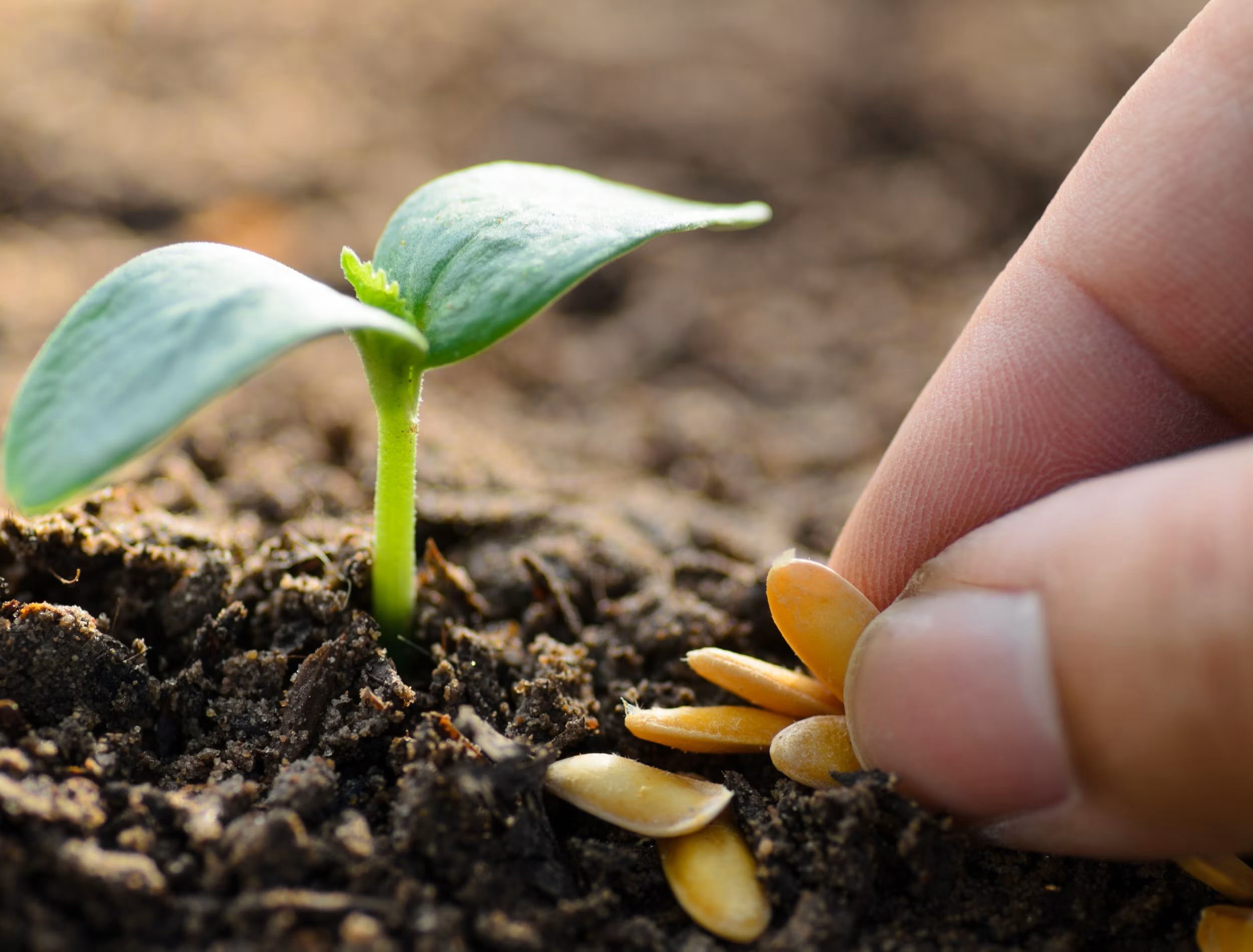
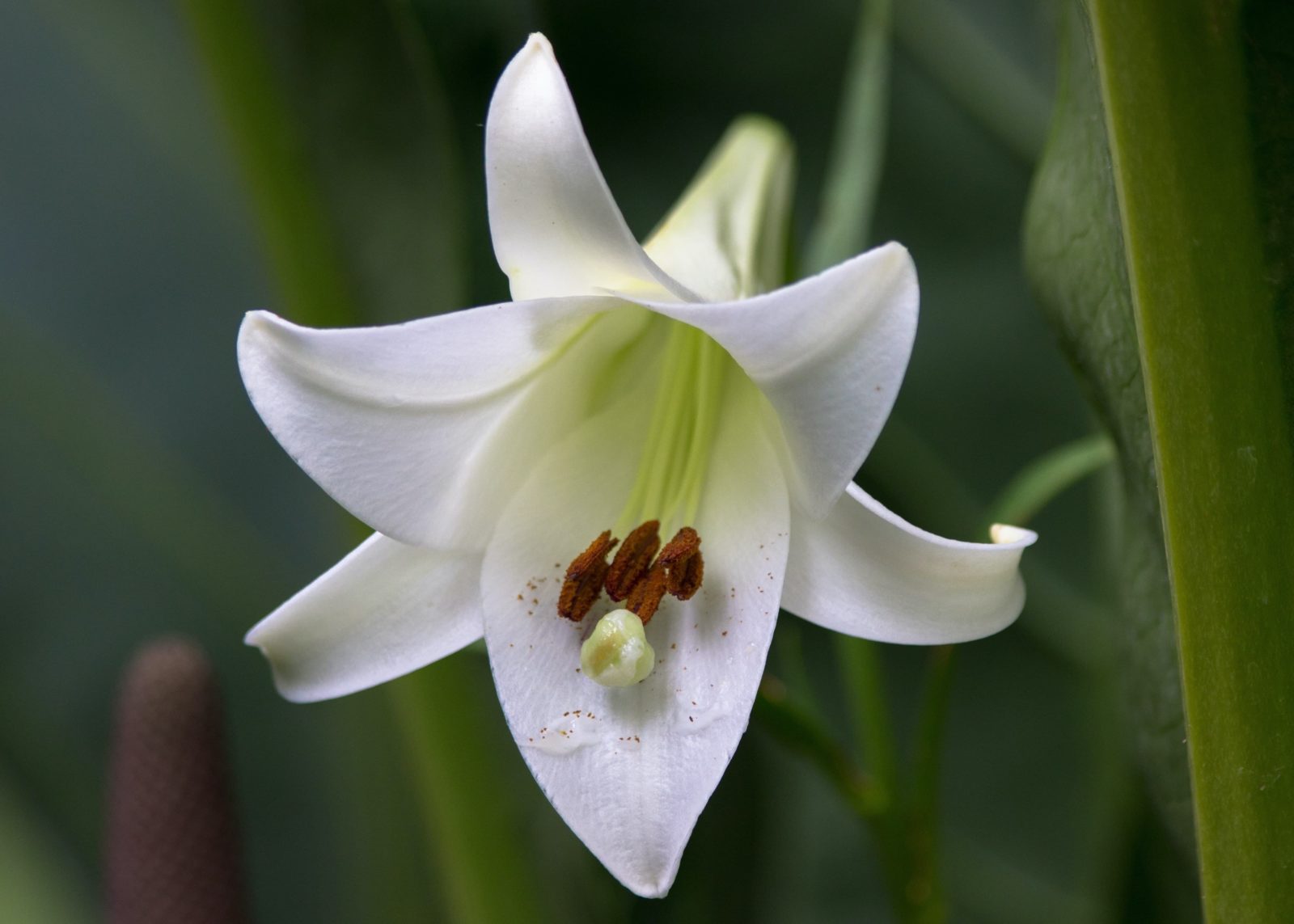
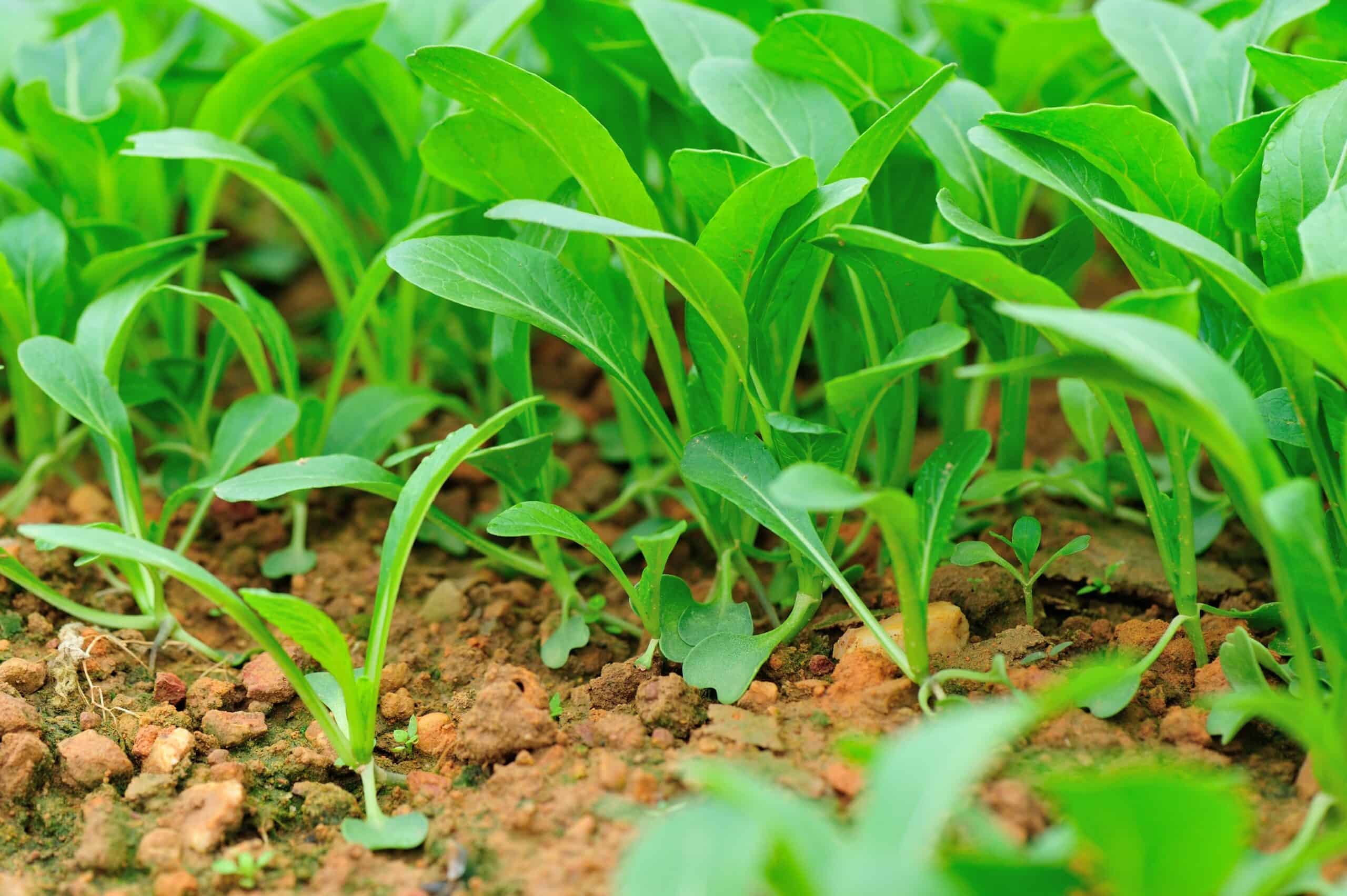
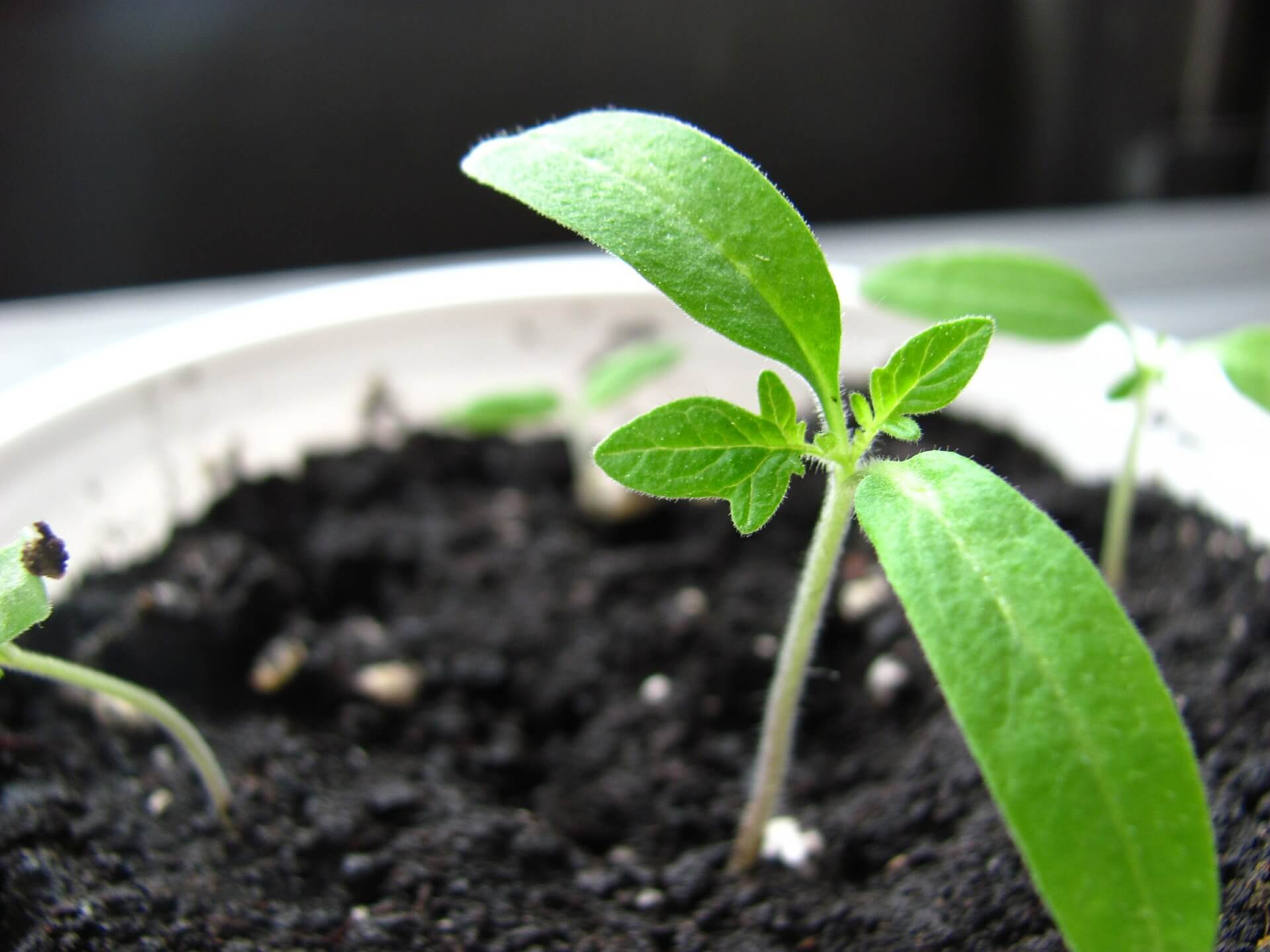
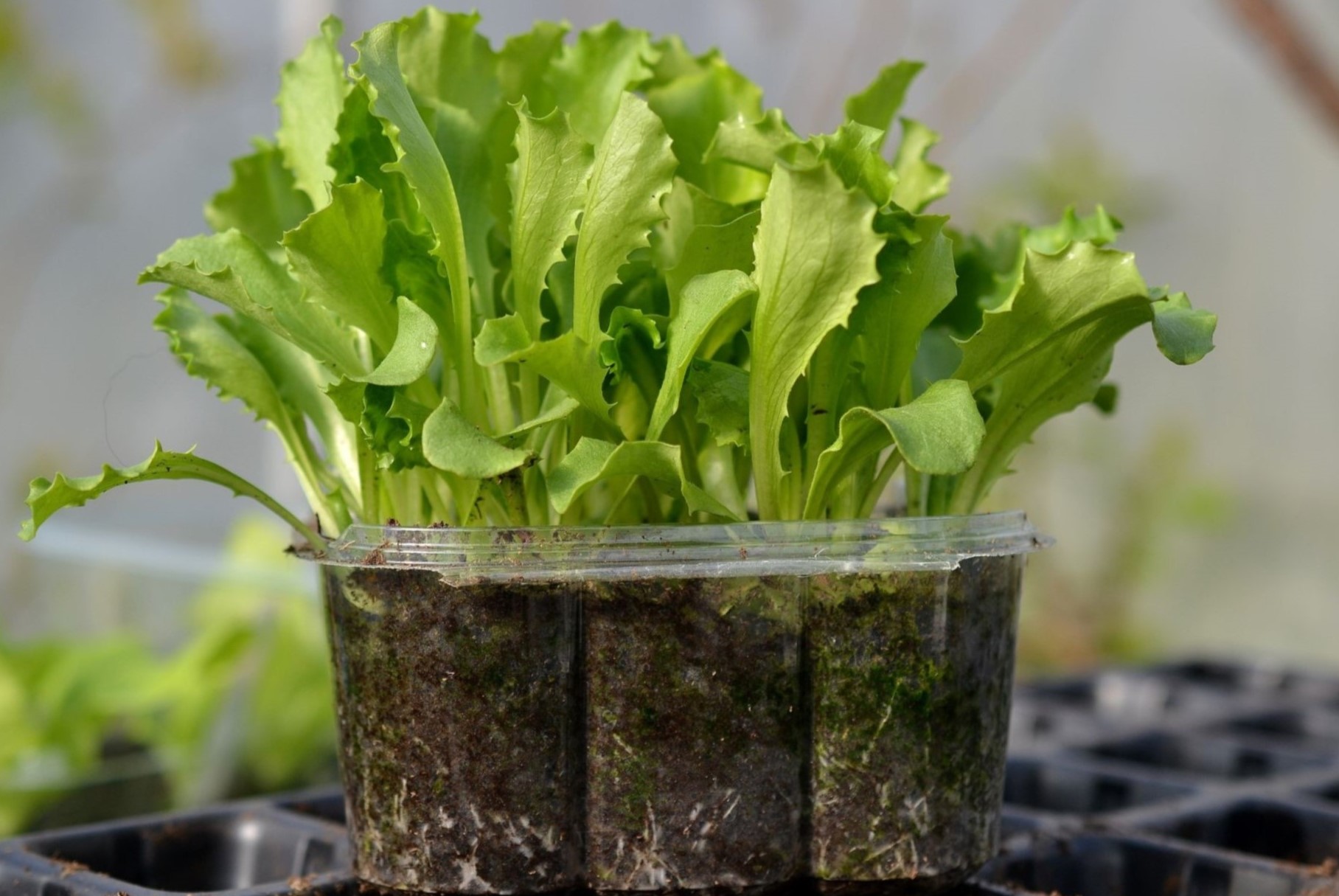
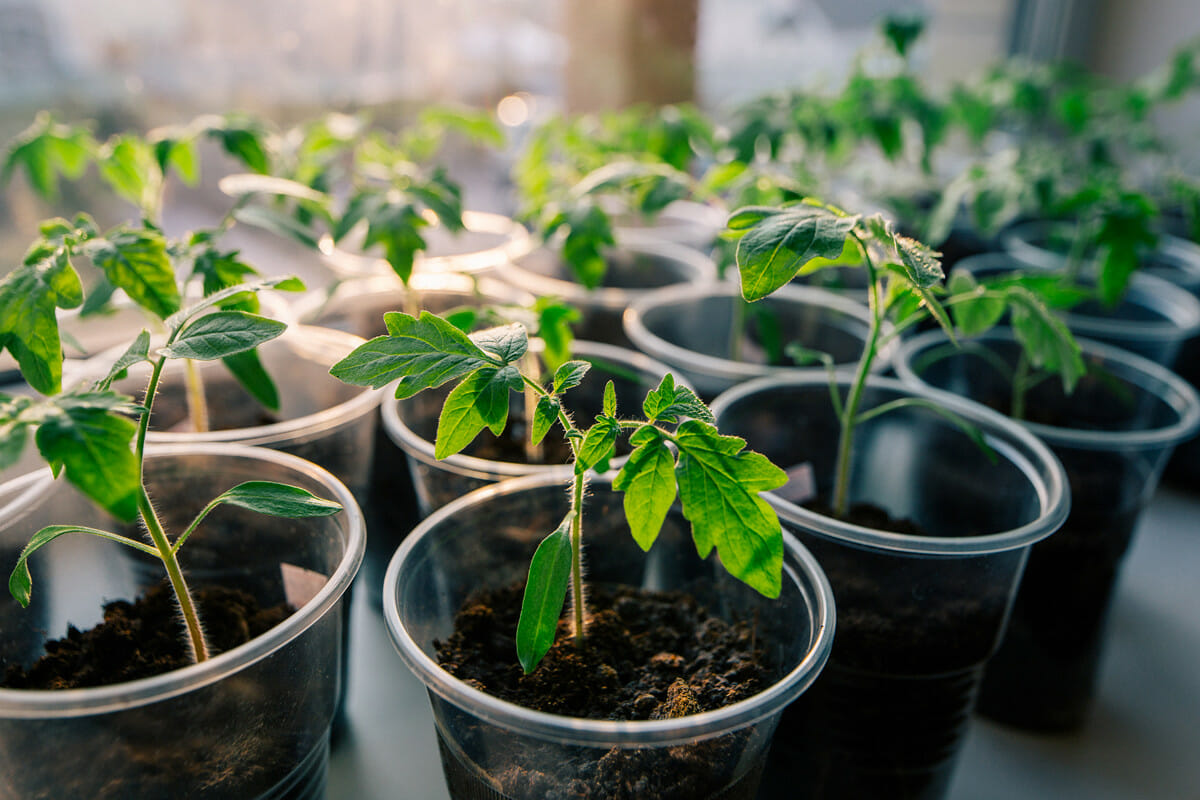
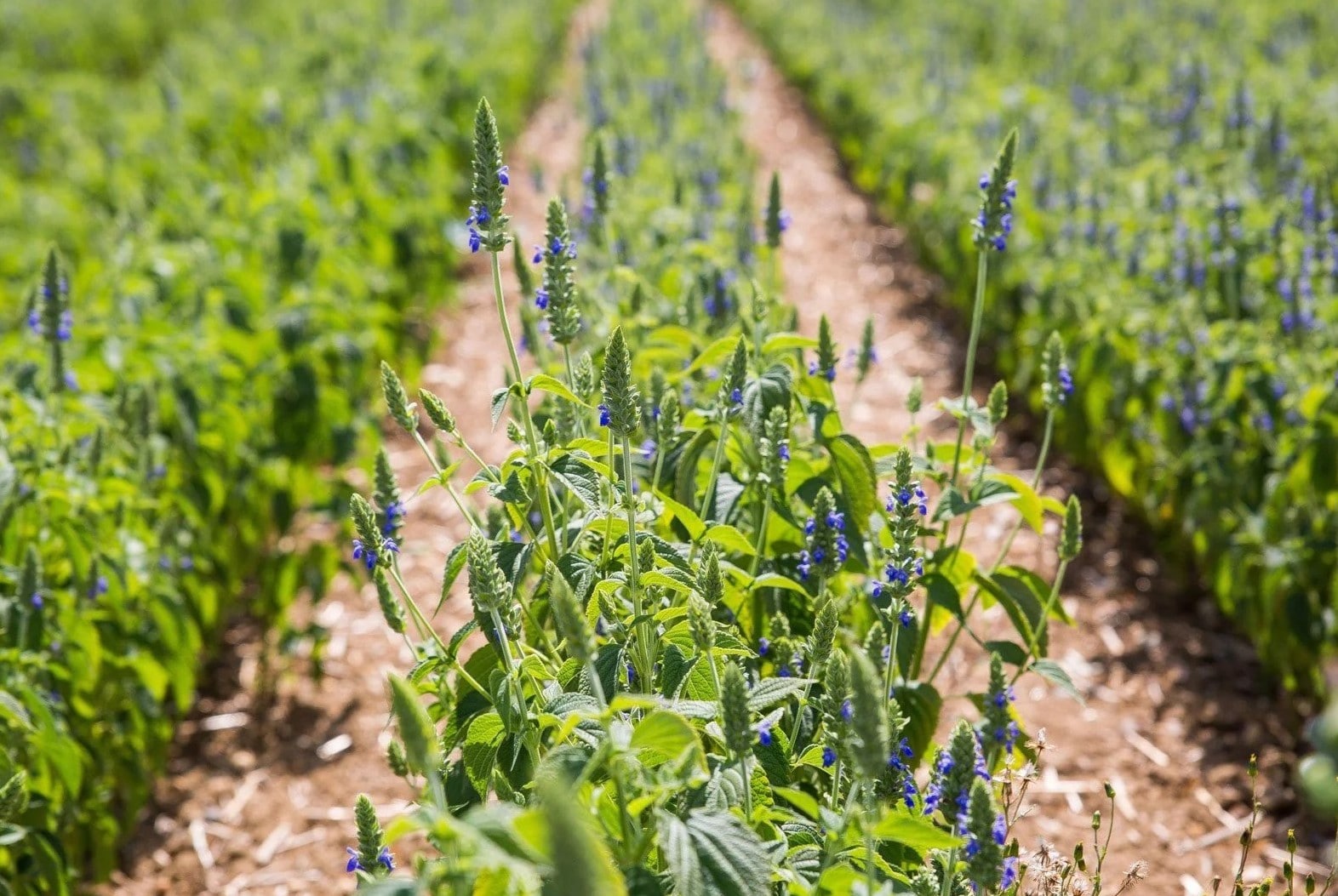
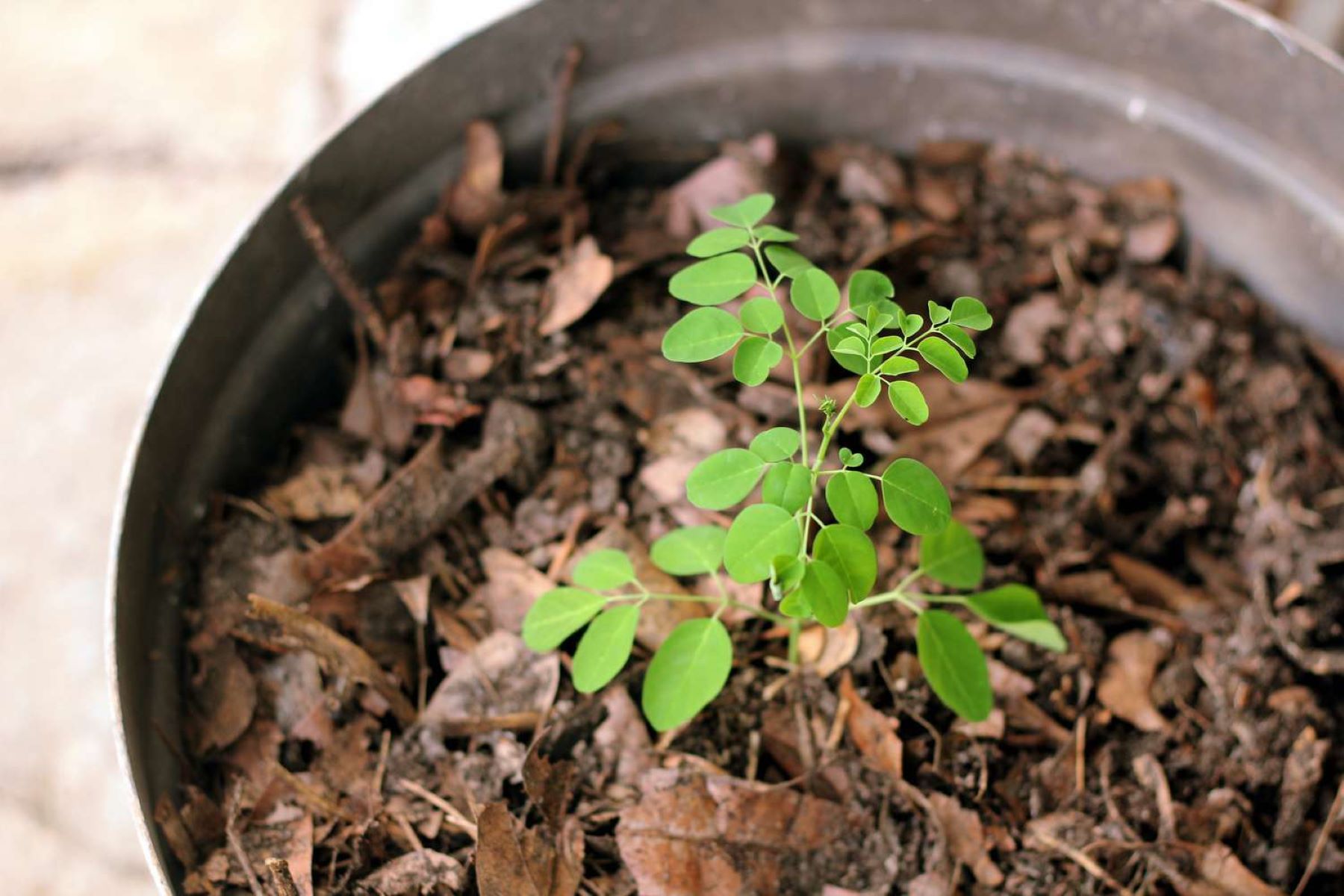
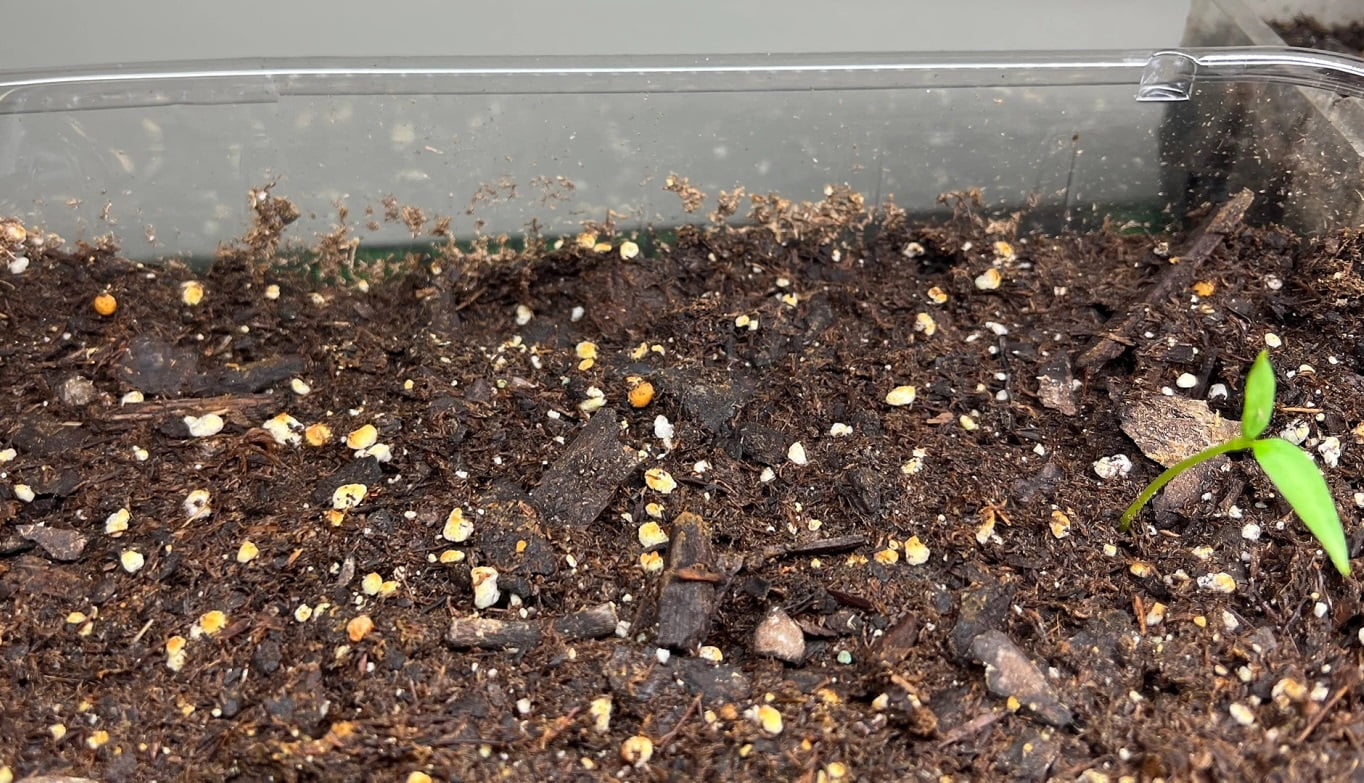
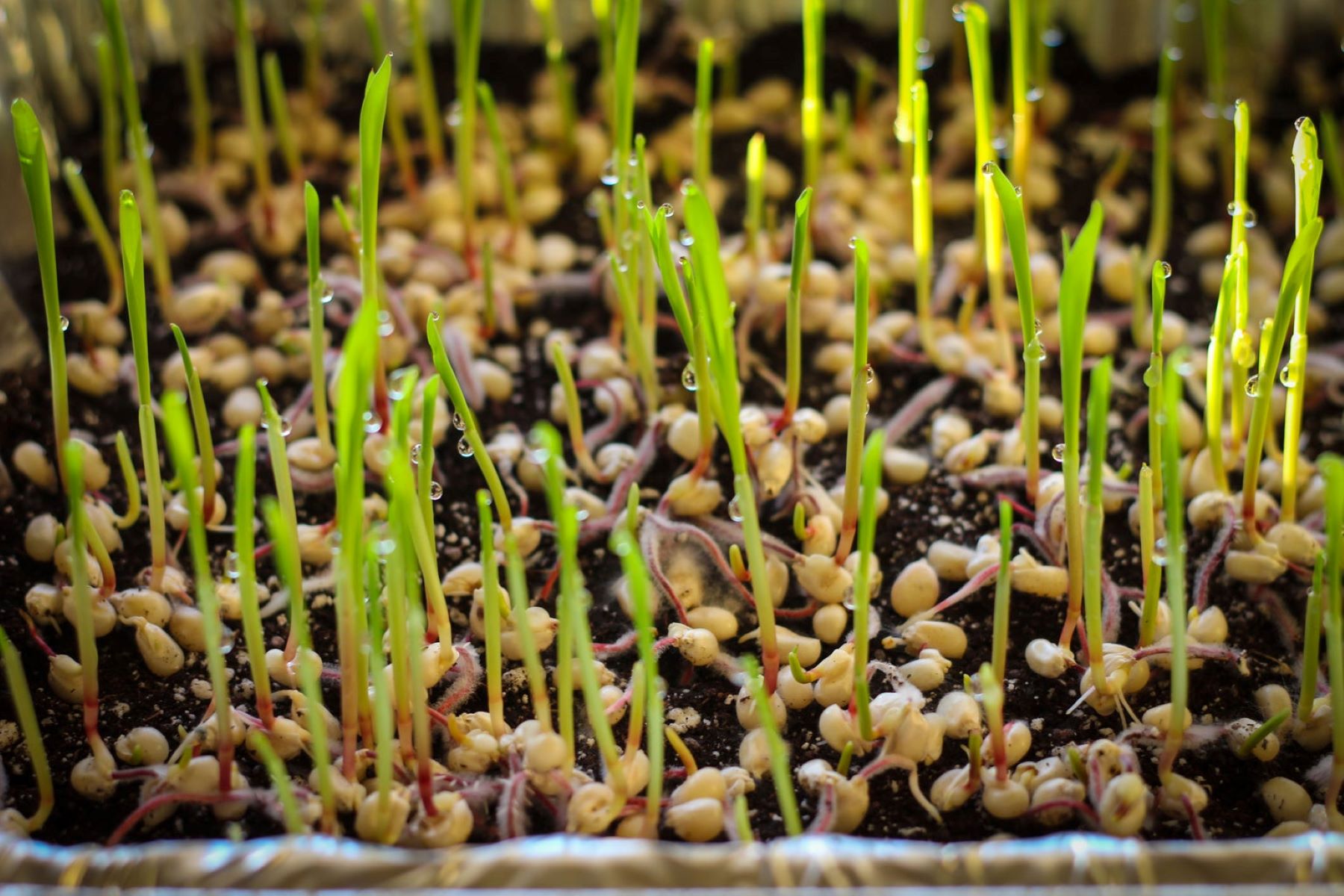
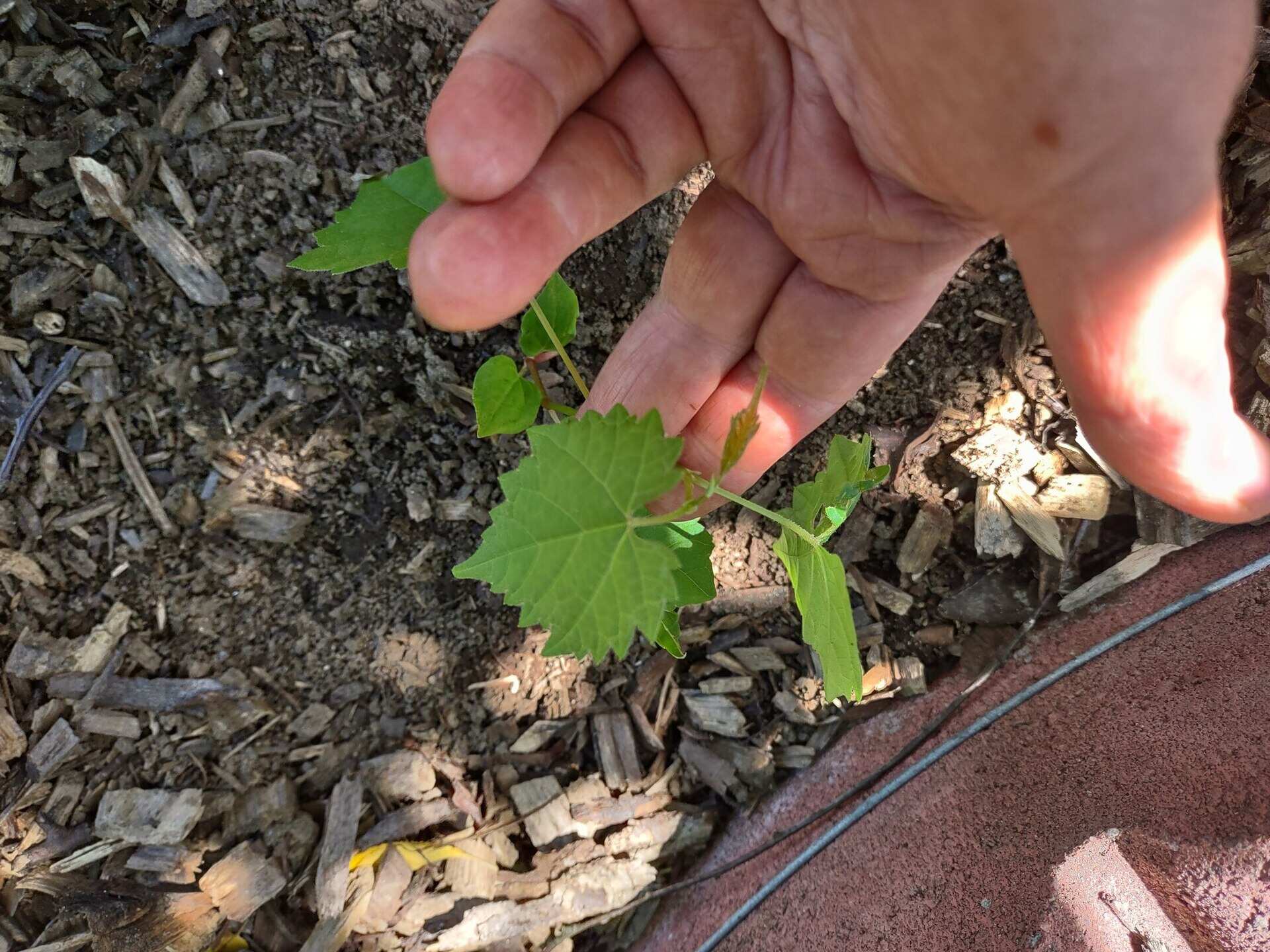
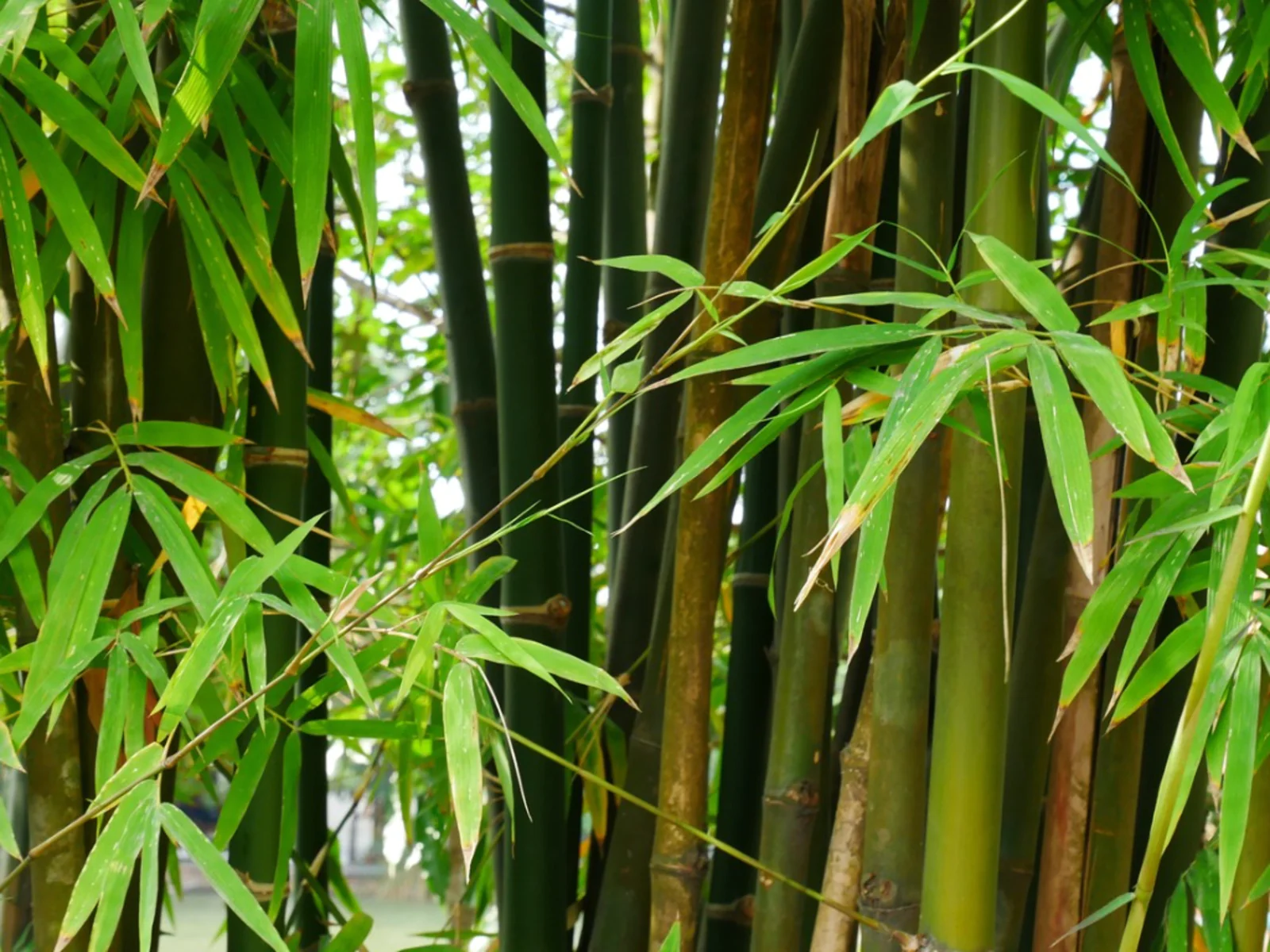
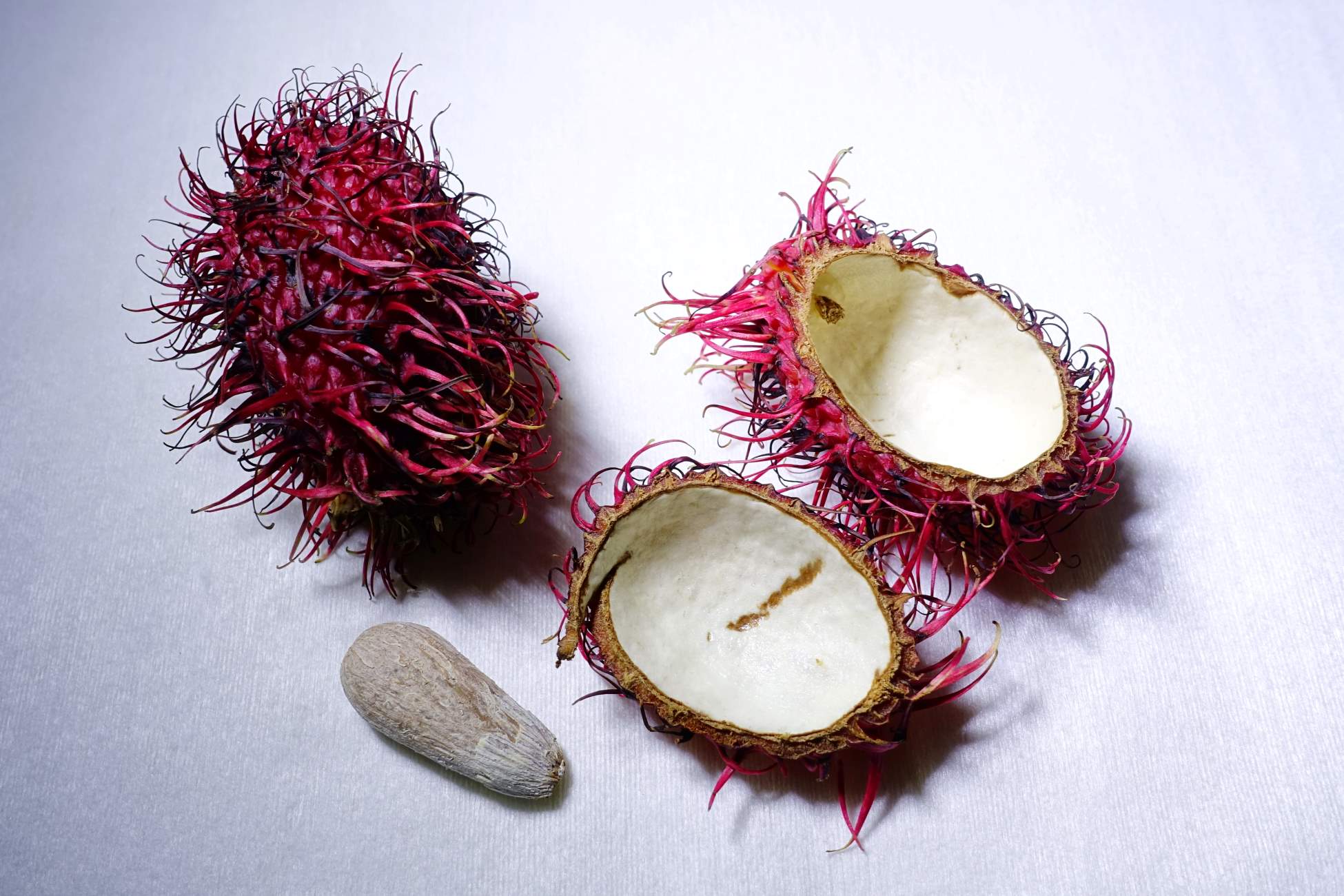
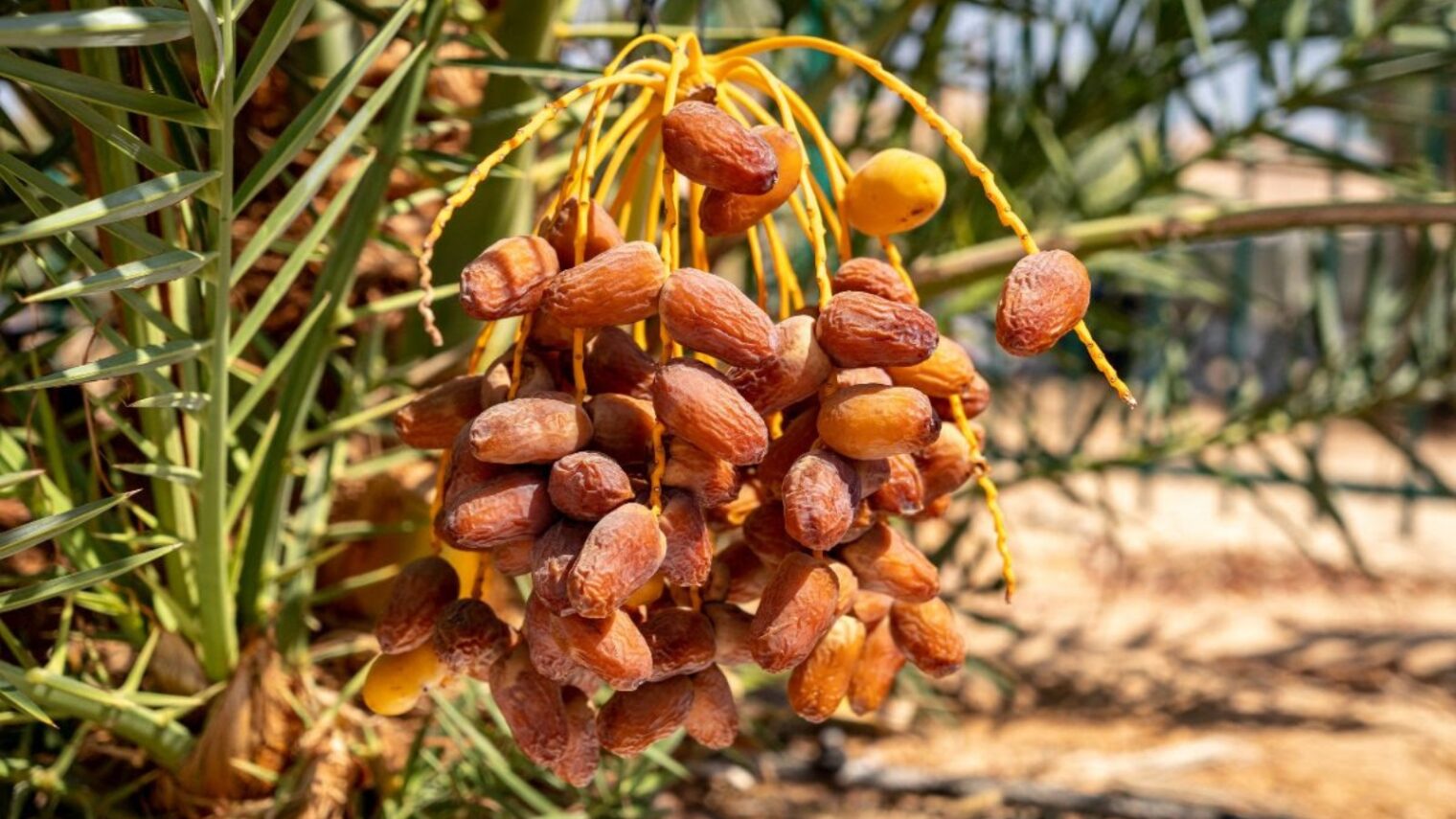

0 thoughts on “How To Grow A Jackfruit Seed”